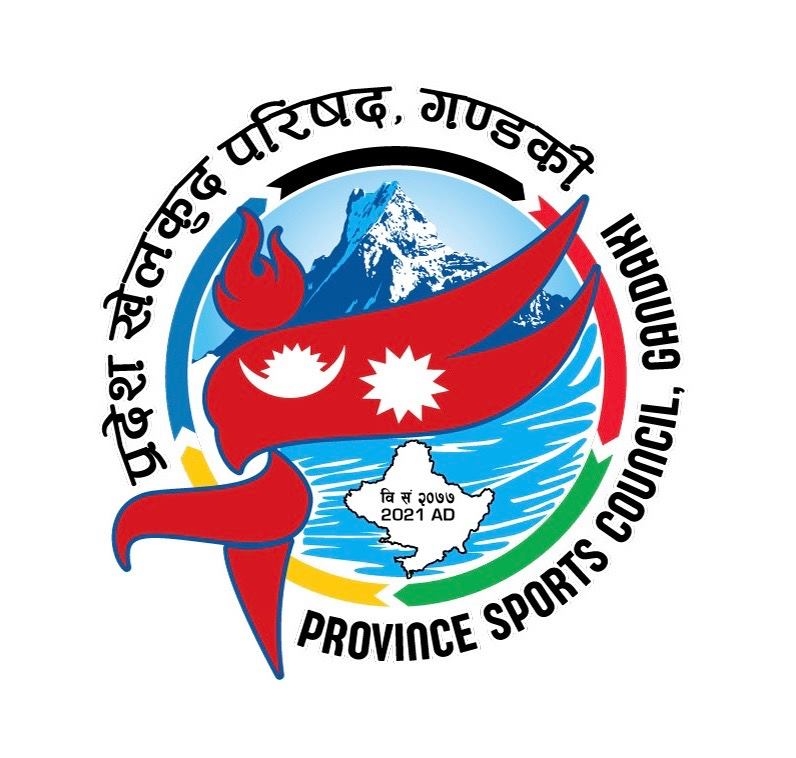Introduction
 It is not an exaggeration to say that the number and the value of sports related materials existing in Nepal are big enough to be put on display in a museum. Unfortunately, they were scattered here and there. They were confined in the cupboard of the owner. If they were accumulated to keep in a museum, they would be glorious assets of the nation. Such a museum will inspire the new generation to sports activities, through which the nation can make itself known to the rest of the world. Realizing this very fact, Chhitij Arun Shrestha founded NEPAL OLYMPIC MUSEUM on the very day of International Olympic Day in 1995, and devised a scheme for enhancing the museum. With the consent of the Ministry for Education and National Sports Council, NEPAL OLYMPIC MUSEUM has been registered with the local authority of the government of Nepal.
It is not an exaggeration to say that the number and the value of sports related materials existing in Nepal are big enough to be put on display in a museum. Unfortunately, they were scattered here and there. They were confined in the cupboard of the owner. If they were accumulated to keep in a museum, they would be glorious assets of the nation. Such a museum will inspire the new generation to sports activities, through which the nation can make itself known to the rest of the world. Realizing this very fact, Chhitij Arun Shrestha founded NEPAL OLYMPIC MUSEUM on the very day of International Olympic Day in 1995, and devised a scheme for enhancing the museum. With the consent of the Ministry for Education and National Sports Council, NEPAL OLYMPIC MUSEUM has been registered with the local authority of the government of Nepal.
NEPAL OLYMPIC MUSEUM, the first and only sports museum of Nepal, was formally inaugurated on 22nd September 1999, the eve of the 8th South Asian Federation (SAF) Games. The museum has been set up at B5 Gate of Dasharath Stadium, Tripureshwor, Kathmandu.
OBJECTIVES
- To create positive environment in sport by accumulating and preserving sport related materials of historic value for the sake of our new generation and sport lovers.
- To highlight the importance of sport among the public by providing them with interesting and educational information on sport. To meet this objective, the museum will bring out information bulletins and periodicals.
- To provide the opportunity of witnessing the Nepalese sports activities and sports materials to national and international visitors. To meet this objective, the museum will held on mobile photo-exhibitions on sports.
- To produce audio and video materials on sport and sportsmen.
- To set up the Fame in SPORTS NEPAL OLYMPIC MUSEUM to honour distinguished players.
- To organize symposium, workshop and competition on sports.
- To carry out research on sport, and to provide co-operation and assistance to national and international individuals involved in research work on sports.
- To develop the museum into a proper place to carry out research work. To meet this objective, the record of the materials accumulated in the museum will be preserved in micro- film and in other reliable way.
GOVERNING BODY
An independent and active working committee has been constituted under the chairmanship of the Founder/President, Chhitij Arun Shrestha. The working committee consists of members involved in sports. The working committee has been vested with all rights to formulate and implement policies, to carry out daily and causal activities, and to run the museum.
COLLECTION STRATEGY
In order to acquire materials for the museum a strategy has been formulated as per the policy, the objectives, the budget and the capacity of the exhibition hall of the museum. The museum will acquire materials from different sources on the basis of mutual co-operation and understanding.
RESOURCES
Grants, donation, monetary and material contributions will be the source of income of the museum. The museum anticipates grants from the government, the Minister for Education and Sports, National Sports Council and Nepal Olympic Committee. The museum accepts donation from national and international donors. Industries and business houses may co-operate the museum by sponsoring the needs of the museum. The museum sets various categories of sponsors to acquire resources. All the resources acquired will be utilized to enhance the museum.
EXHIBITION HALL
The space for the exhibition hall has been made available to the museum at B5 Gate of Dasharath Stadium, in the premises of National Sports Council, Tripureshwor, Kathmandu. The museum is allowed to use the space until it sets up its own building. National Sports Council has assured the museum in the inaugural function that the Council will make the necessary arrangement to acquire land for constructing a building of the museum. The size of the museum hall at present is not big enough to set up separate halls for separate subjects. However, when the museum possesses its own building, there will be separate halls for the following subjects:
Last Update: 2021-07-14

